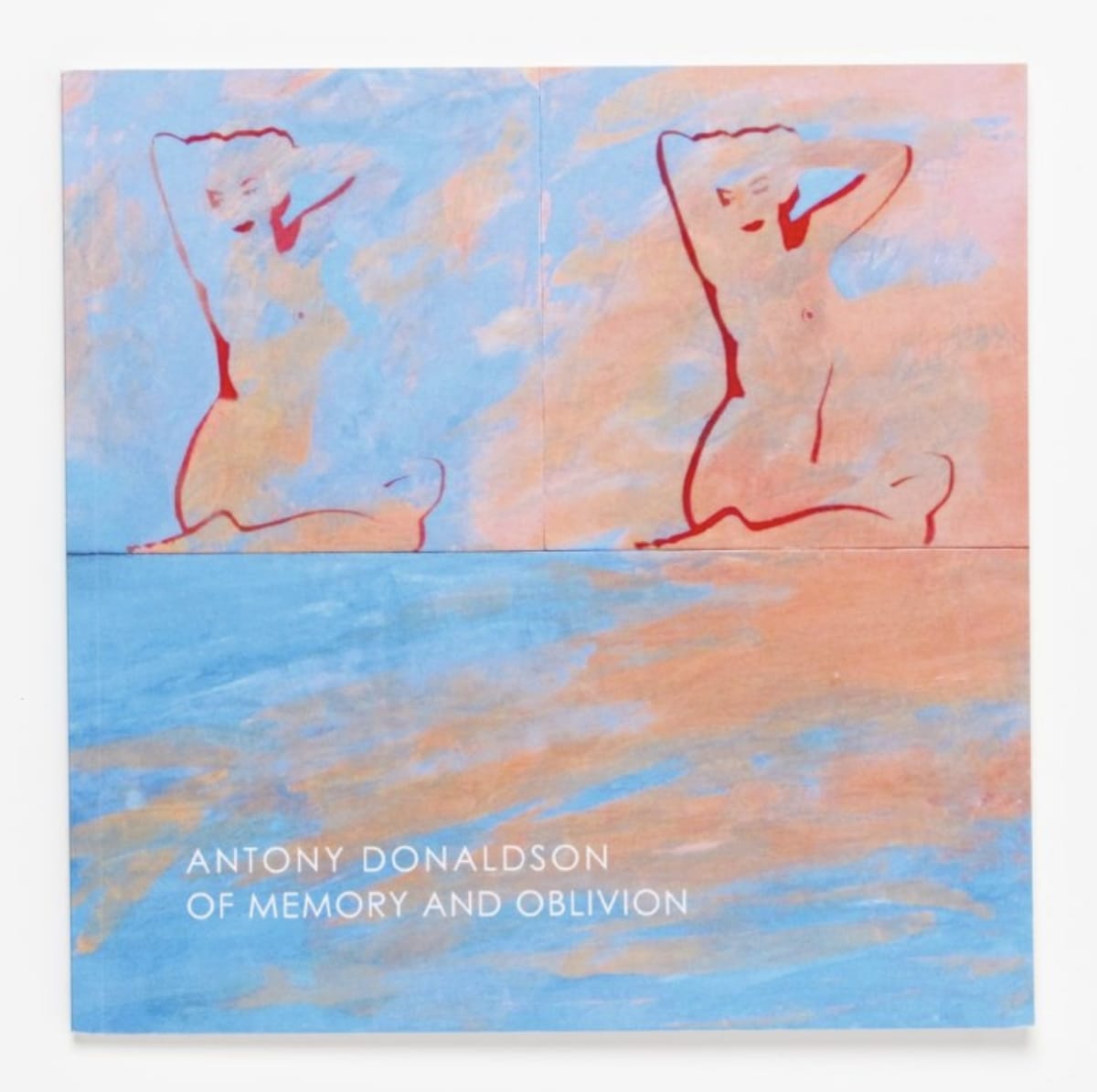ANTONY DONALDSON: OF MEMORY AND OBLIVION
-

ANTONY DONALDSON | OF MEMORY OF OBLIVION | Installation view
-

ANTONY DONALDSON | OF MEMORY OF OBLIVION | Installation view
-

ANTONY DONALDSON | OF MEMORY OF OBLIVION | Installation view
-

ANTONY DONALDSON | OF MEMORY OF OBLIVION | Installation view
-

ANTONY DONALDSON | OF MEMORY OF OBLIVION | Installation view
-

ANTONY DONALDSON | OF MEMORY OF OBLIVION | Installation view
-

ANTONY DONALDSON | OF MEMORY OF OBLIVION | Installation view
-

ANTONY DONALDSON | OF MEMORY OF OBLIVION | Installation view
-

ANTONY DONALDSON | OF MEMORY OF OBLIVION | Installation view
Like Tom Wesselmann and Mel Ramos in the USA, and Allen Jones in the UK, Donaldson has concentrated throughout his career not just on the human figure – not the most obvious subject for Pop artists – but specifically on a sexualized presentation of the female body. Creating those first images in a spirit of liberation, as a rejection of the constraints and hypocrisy that still held sway during the 1950s, all these artists found themselves at times at the receiving end of criticism for their supposed objectification of women. Donaldson’s representations of women, in those early days as much as in the new paintings featured here, which specifically hark back to his works of the first half of the 1960s, are undoubtedly voluptuous and sexually alluring, but their fresh and simplified stencilled silhouettes in sweet colours exude a certain innocence that distances them from any overt lasciviousness. The frequent repetition of their forms, often in pairs, gives them the simplicity and steady beat of early rock’n’roll and of the plaintive and melodious pop music of the early 1960s. ‘Fun, fun, fun’, as in the refrain of the irresistible Beach Boys hit, could well be taken as their slogan.
The paintings to be shown at the Mayor Gallery this autumn have all been made at Donaldson’s studio in southern France between October 2014 and summer 2015, and they all make play on recurring images of naked bathing beauties that float across brightly hued and highly decorative abstract grounds. The device of repeated forms that seem on first glance to be identical, but that reveal their differences on closer inspection, reinforces the sense of these paintings as hallucinatory visions that fill the senses with colour, light and tactile painterly gestures.











